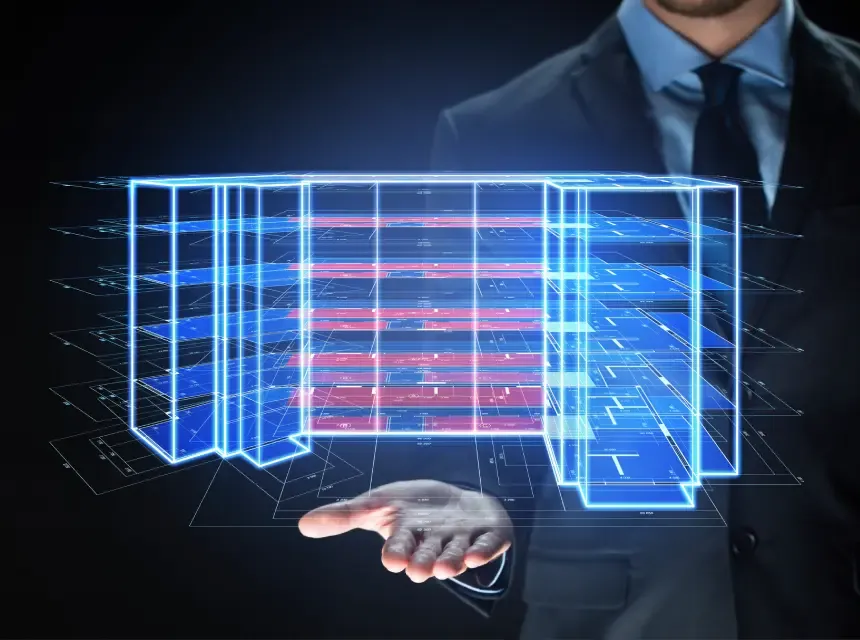The Role of Data Centers in Business Continuity: Ensuring Operational Resilience
How Data Centers Ensure Uptime and Minimize Downtime
In today’s digital economy, business continuity has become a critical success factor. Downtime is no longer just a technical inconvenience-it translates into lost revenue, reputational harm, and diminished customer trust.
Data centers are designed around the principle of high availability, ensuring that systems remain operational even during disruptions. Redundant internet connections, backup power sources, and automated load balancing mechanisms all work together to guarantee continuous service. This means that even in the event of unexpected failures, organizations can maintain seamless operations and minimize downtime.
Key Features of a Reliable Data Center: Security, Redundancy, and More
The reliability of a data center is measured not only by its hardware capacity but also by the safeguards built into its infrastructure.
- Physical Security: Biometric access controls, 24/7 surveillance, and on-site security staff prevent unauthorized entry.
- Cybersecurity: Firewalls, IDS/IPS systems, and DDoS protection services defend against digital threats.
- Redundancy: Power, cooling, and network systems follow N+1 or 2N standards to ensure uninterrupted operations.
- Certifications: Compliance with ISO 27001, PCI DSS, and Tier III/IV standards demonstrates adherence to international best practices.
These features make data centers not just hosting environments but critical enablers of secure and sustainable business operations.
The Importance of Disaster Recovery and Backup in Data Centers
Every organization must be prepared for unexpected disruptions, whether from natural disasters, cyberattacks, or technical failures. Data centers play a pivotal role in disaster recovery (DR) and backup strategies.
- Replication: Data is mirrored across geographically distributed facilities, reducing the impact of localized failures.
- Rapid Recovery: Cloud-based disaster recovery solutions allow systems to be restored within minutes, minimizing downtime.
- Backup Strategies: Tiered backup policies-frequent for critical workloads, less frequent for secondary data-strike a balance between cost efficiency and resilience.
These solutions not only protect business operations but also support compliance with regulations that require robust data protection and continuity planning.
Trends in Data Center Infrastructure for Improving Business Continuity
Data centers are evolving rapidly, integrating new technologies to strengthen business resilience. Key trends include:
- AI-driven Monitoring: Artificial intelligence enables predictive maintenance and real-time anomaly detection.
- Green Data Centers: Energy-efficient designs and renewable energy integration reduce environmental impact while cutting costs.
- Edge Computing: Processing data closer to end-users reduces latency and enhances performance for time-sensitive applications.
- Automation and Orchestration: Reduce reliance on manual processes, ensuring faster and more effective responses to disruptions.
These innovations transform data centers from mere support facilities into strategic assets at the heart of business continuity planning.
Conclusion
Modern data centers provide far more than storage and hosting-they serve as the backbone of operational resilience. By combining security, redundancy, disaster recovery, and cutting-edge technologies, they ensure that organizations remain agile and prepared for disruptions.
At Ixpanse Teknoloji, we help businesses leverage data center investments as part of a holistic business continuity strategy. From security and redundancy to disaster recovery and next-generation infrastructure, our solutions enable organizations to strengthen resilience and confidently move toward the future.




